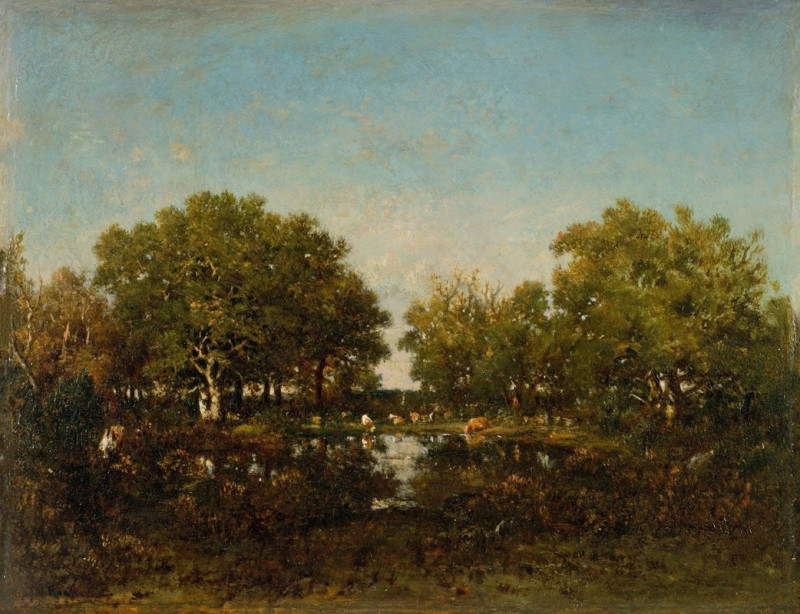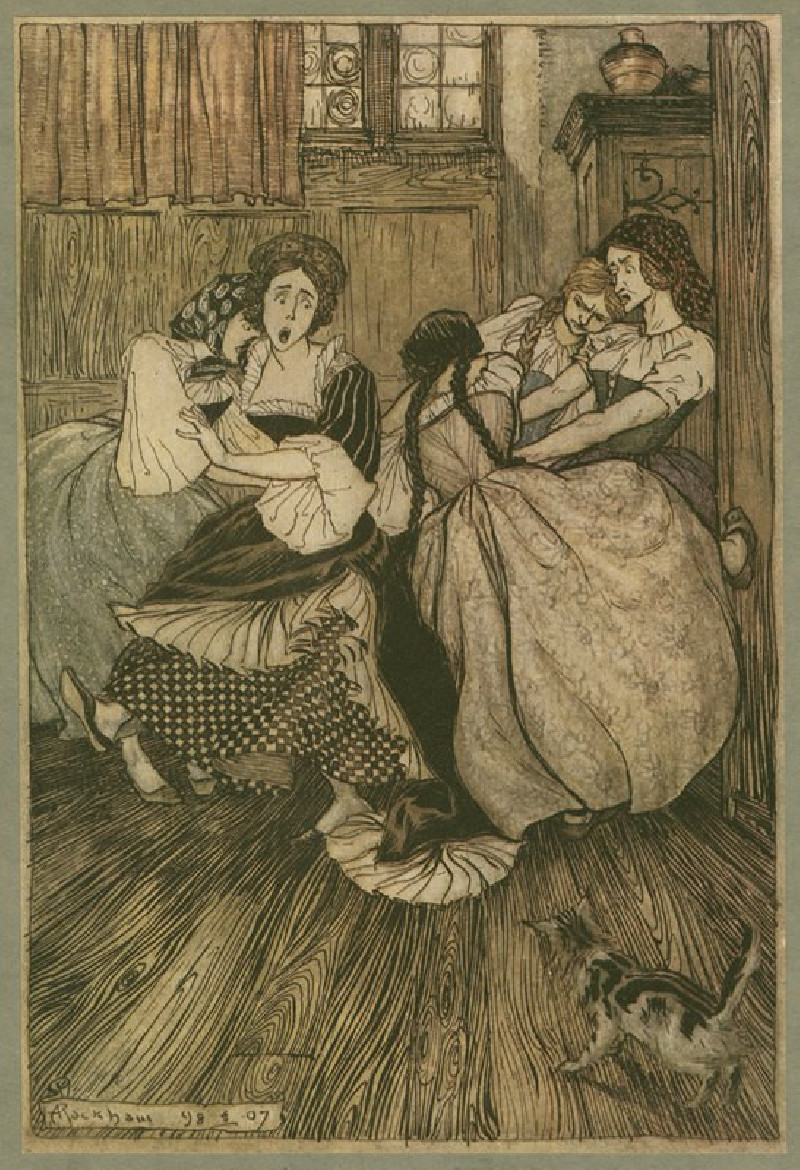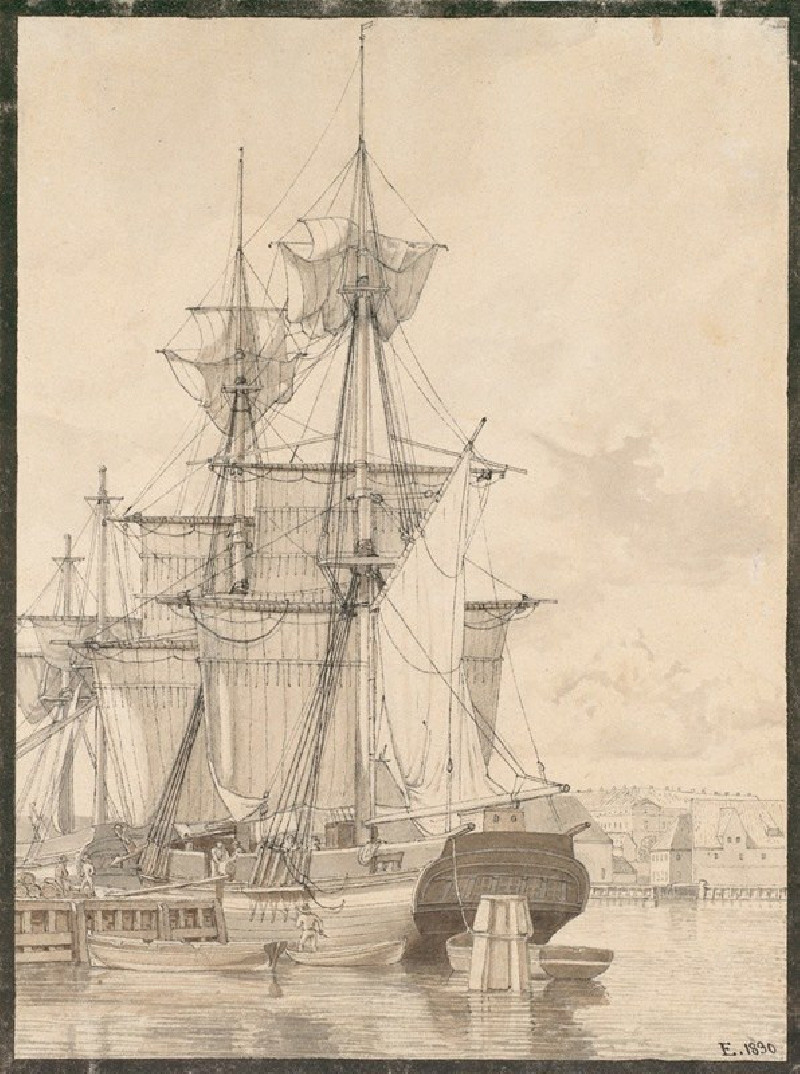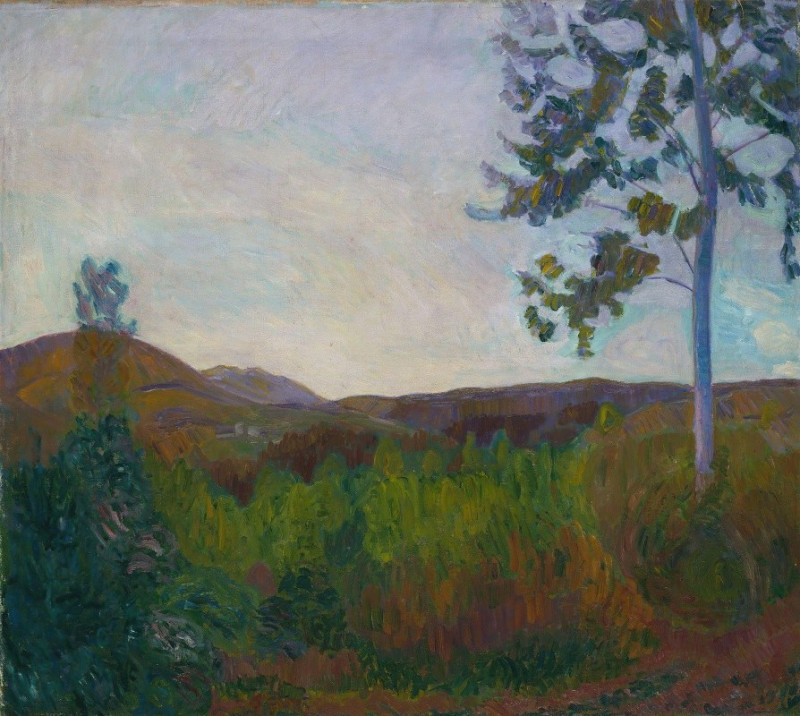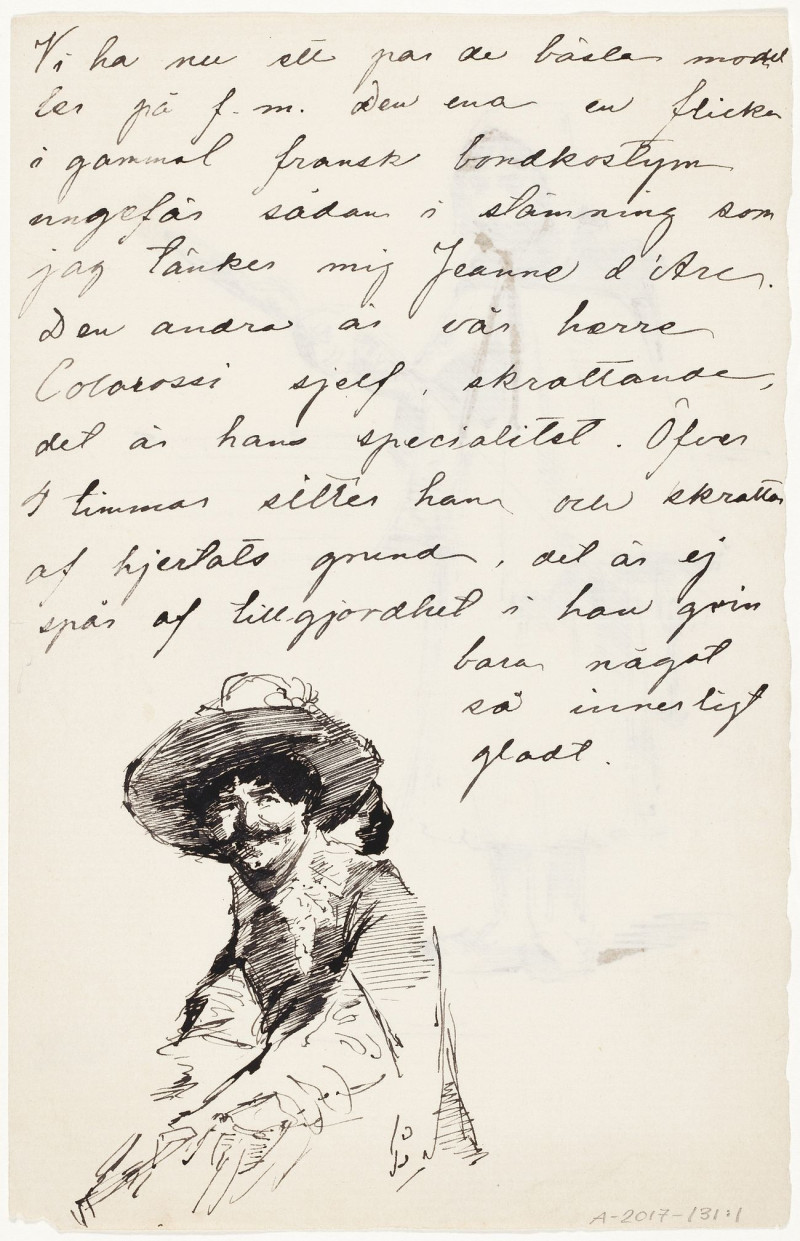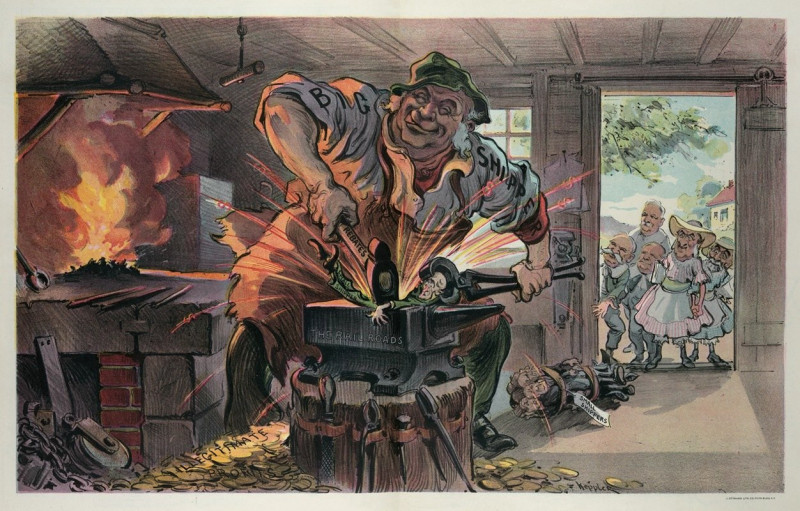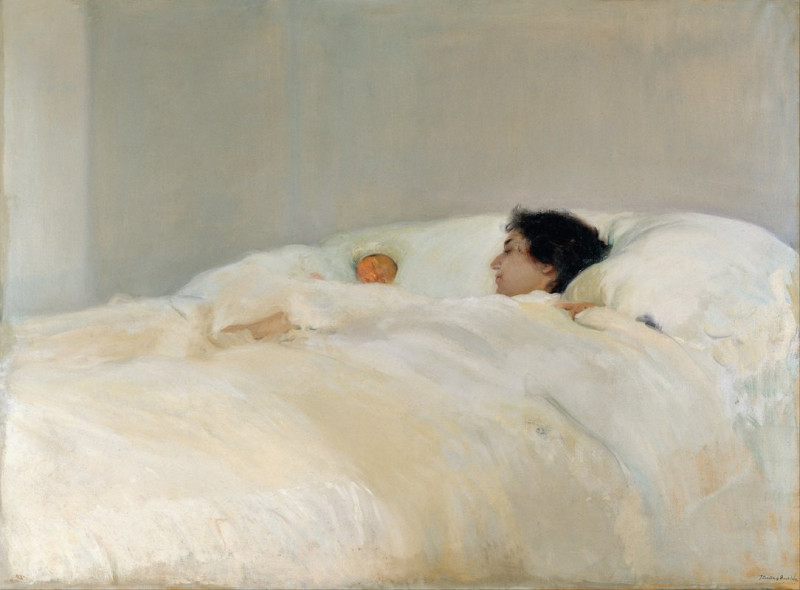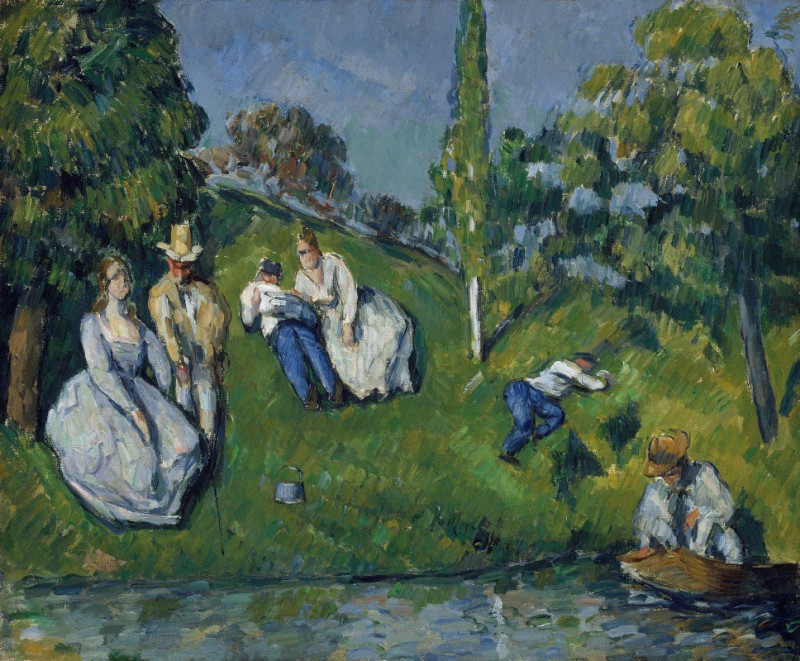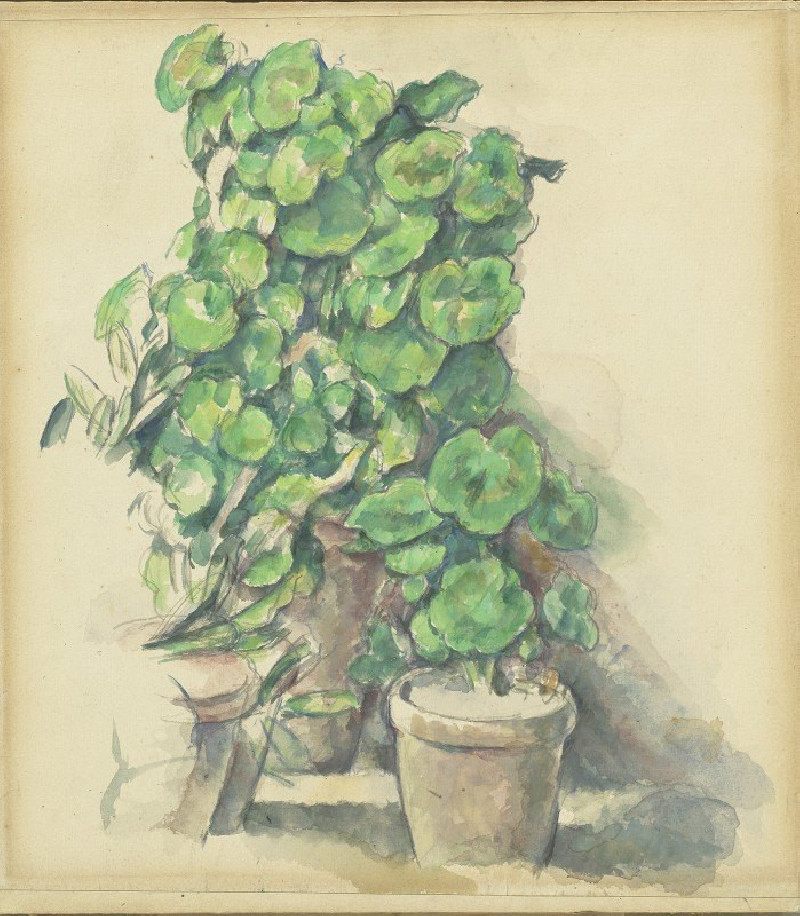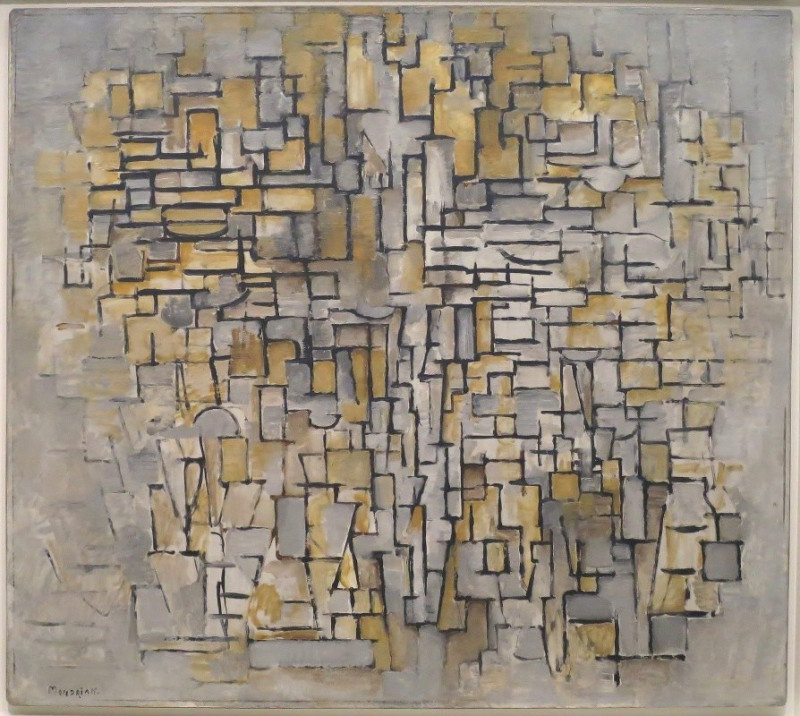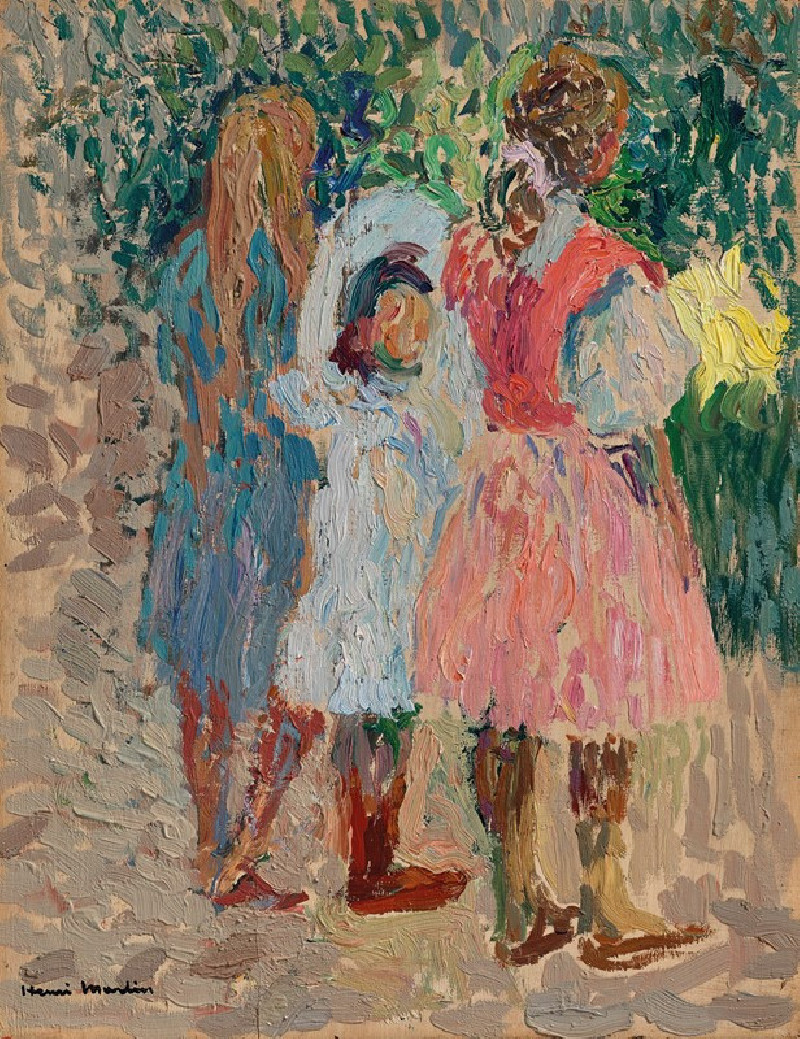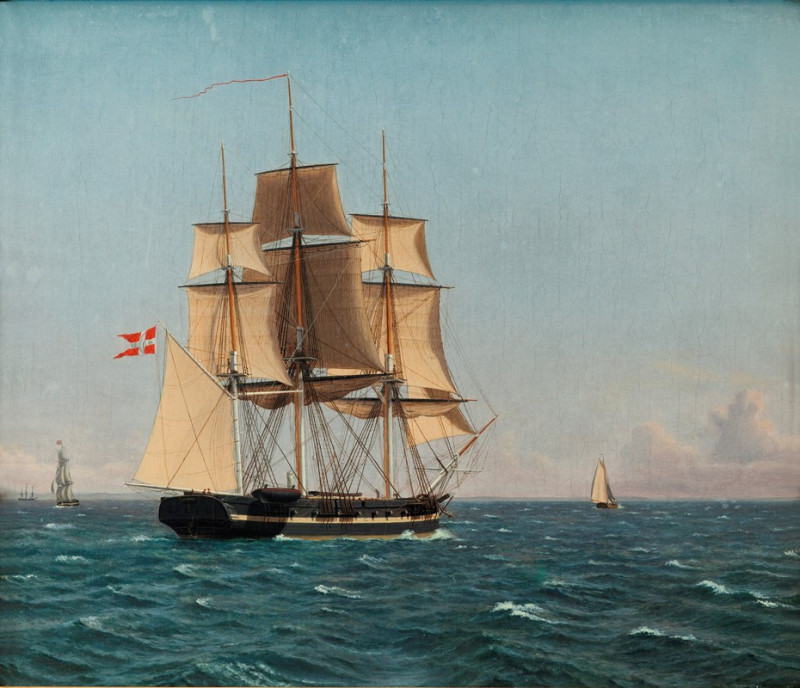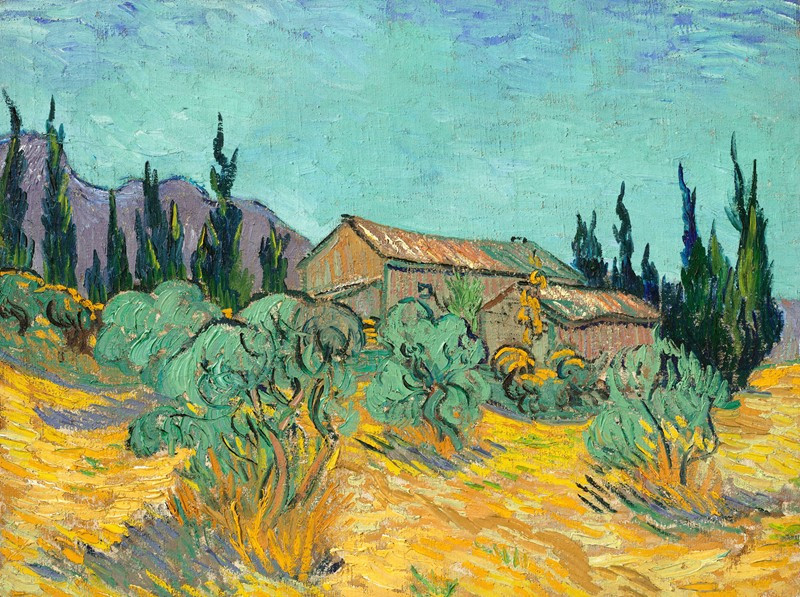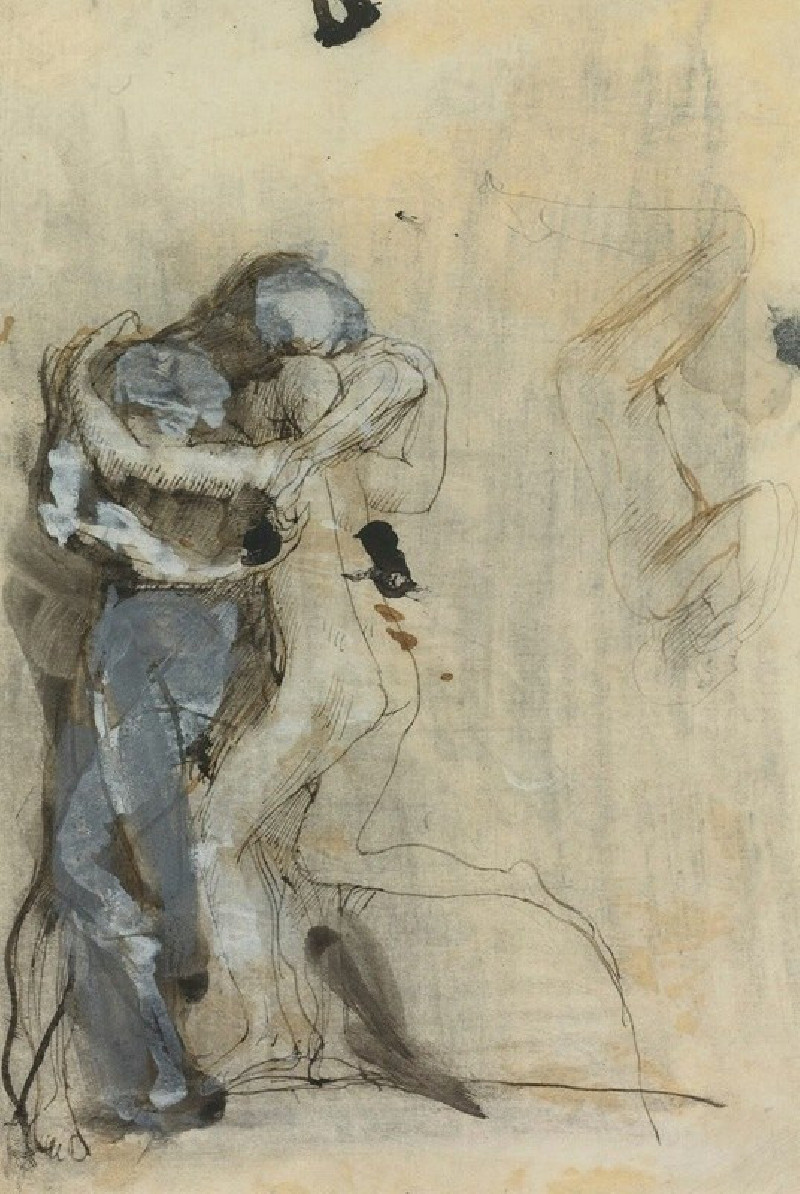Tassisudon (1783)
Technique: Giclée quality print
Recommended by our customers
More about this artwork
The painting "Tassisudon" by Samuel Davis, created in 1783, captures a serene and evocative view of a historical site in Bhutan. Featuring a meticulous blend of delicate watercolor washes, the artwork presents a vivid representation of the cultural and architectural heritage of Bhutan during the late 18th century.The composition showcases a large, imposing structure which is likely a Dzong—a distinctive type of fortress that serves both religious and administrative functions. This edifice, with its white walls contrasted against wooden details, stands out against the gentle hues of the encircling mountains, emphasizing its importance in the landscape. A smaller traditional building, complete with intricate roof designs and flying prayer flags, adds cultural depth and context to the scene.In the foreground, Davis introduces a human element, depicting individuals in traditional attire engaging in daily tasks, thereby providing a glimpse into the life of the Bhutanese people at the time. The figures are positioned beside a smaller, square structure, possibly a shrine or a community space, which complements the grandeur of the Dzong in the background.

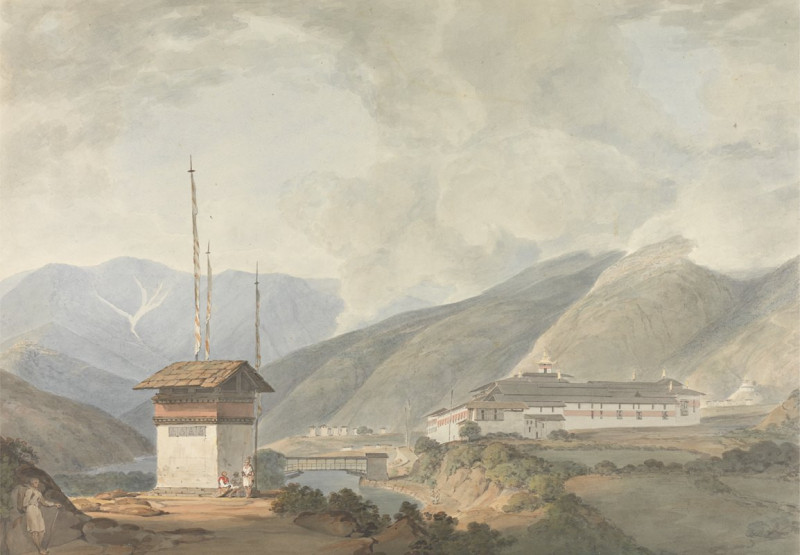
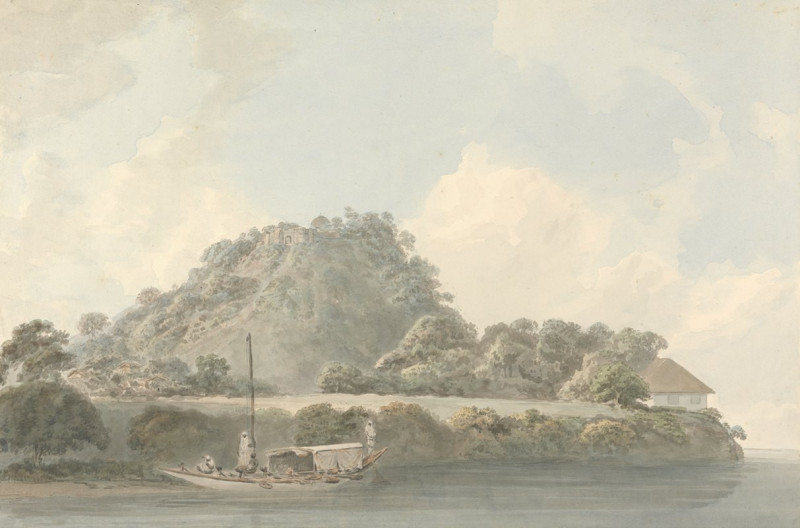


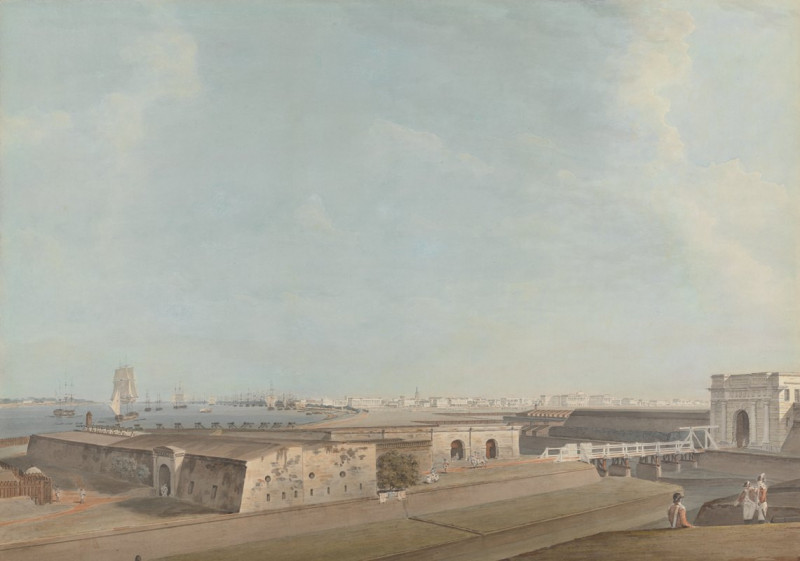
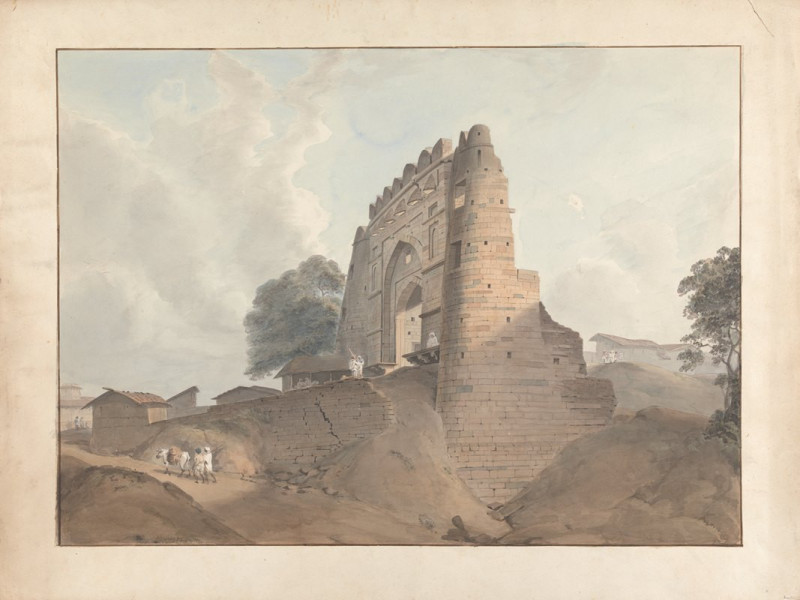
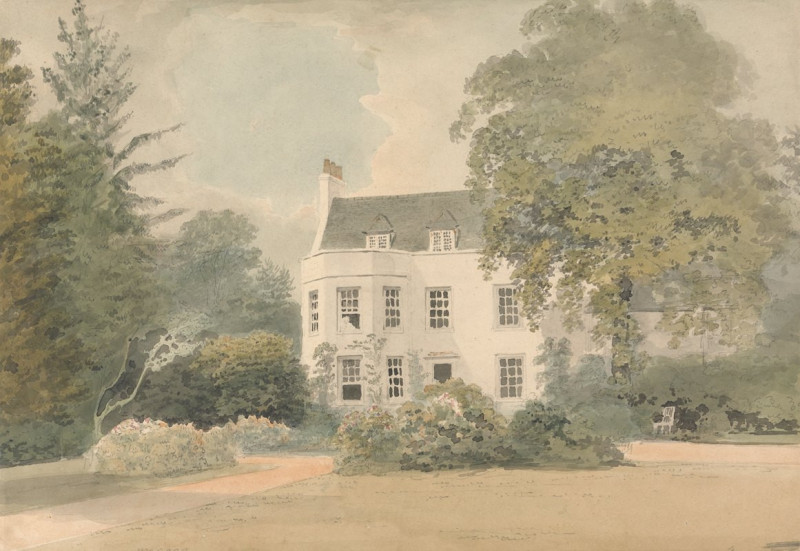
![Gateway of Poonaka [Puna Kha] (1783) reproduction of painting by Samuel Davis. ALL GICLEE PRINTS](https://reprodukcijos.lt/50229-large_default/reproduction-of-gateway-of-poonaka-puna-kha-1783.jpg)
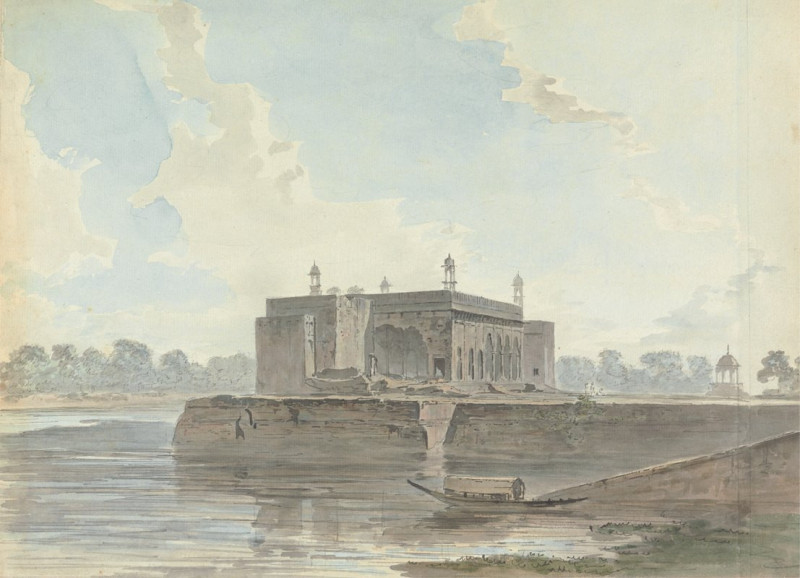
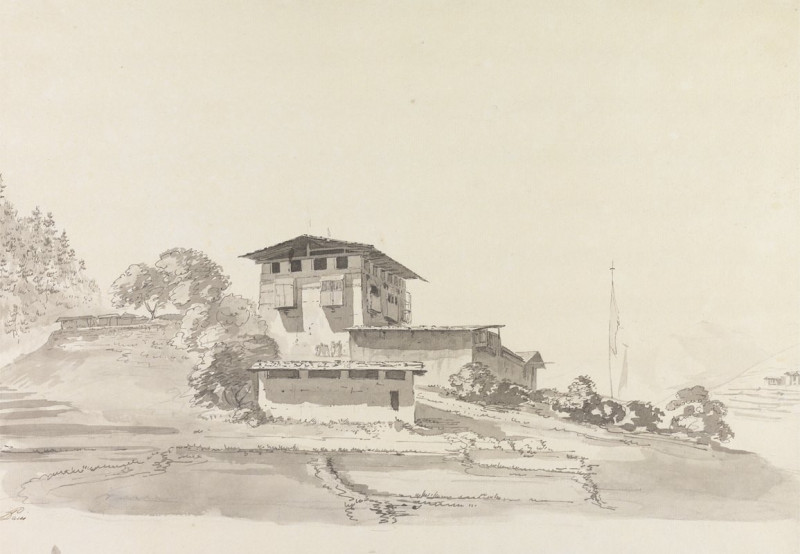
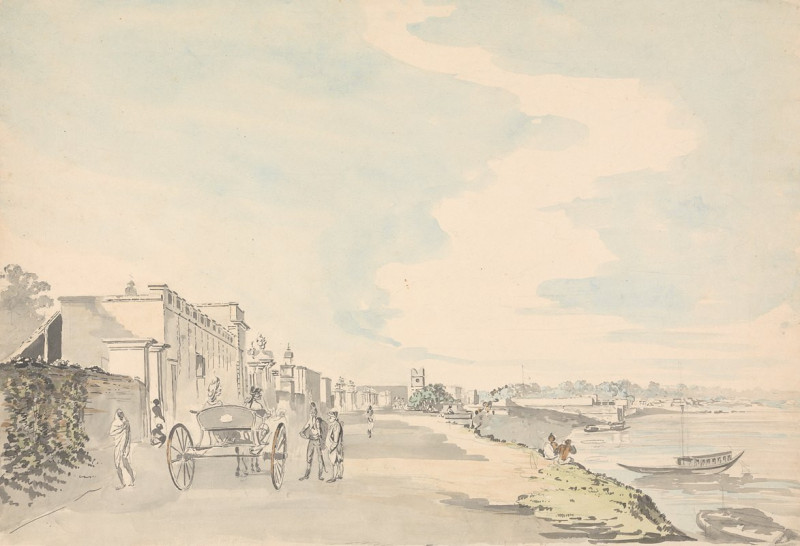
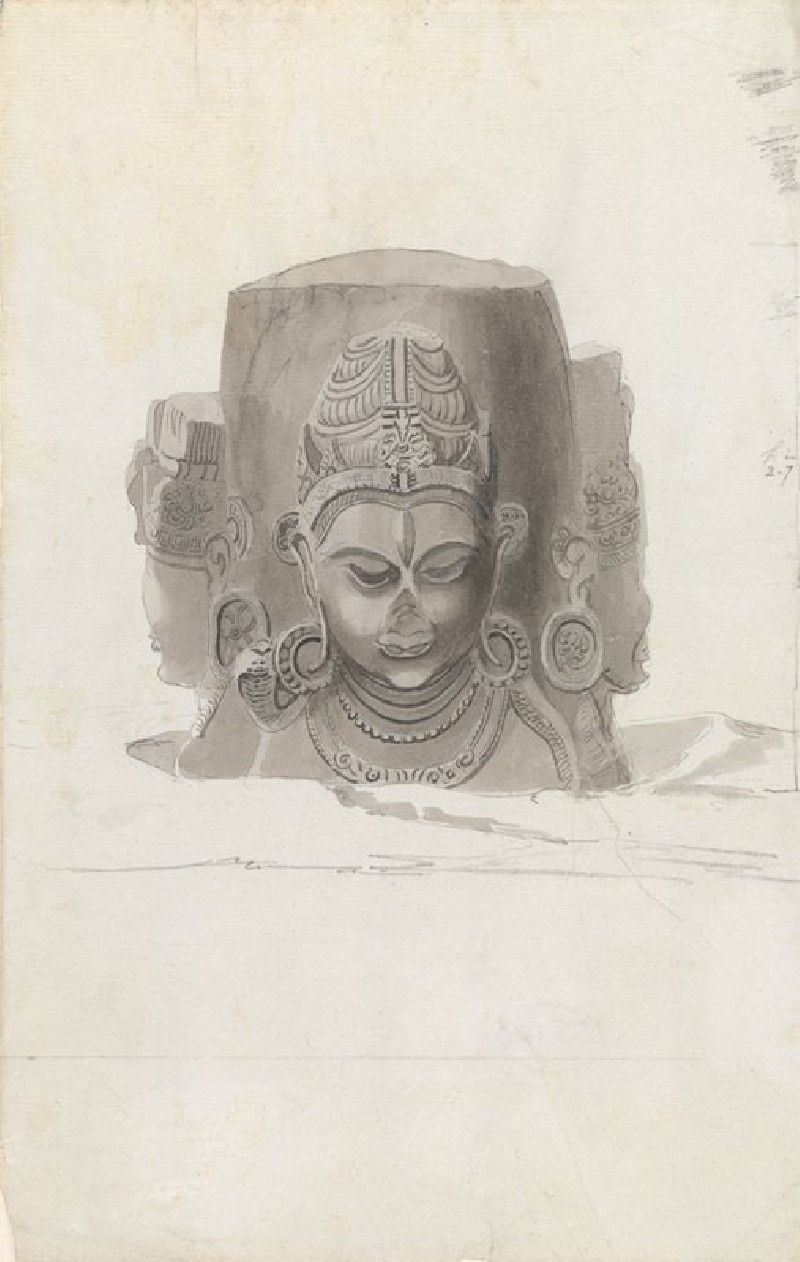
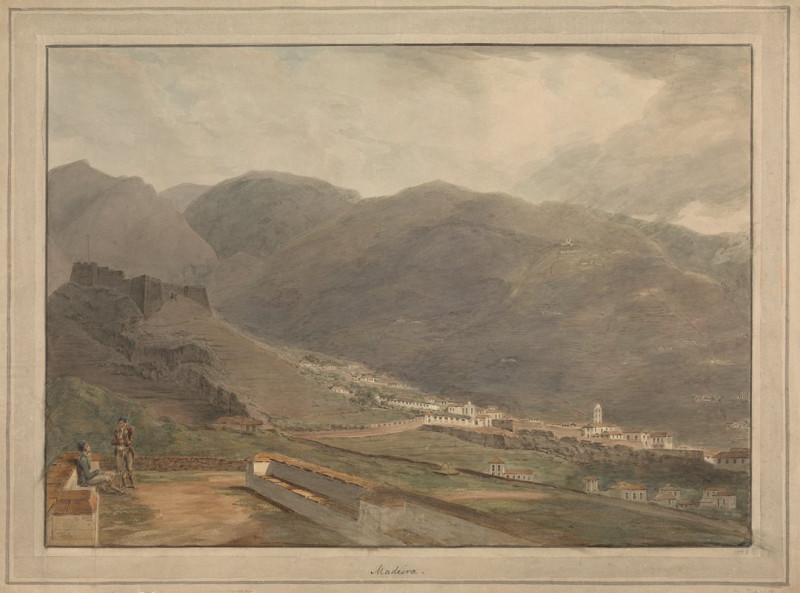

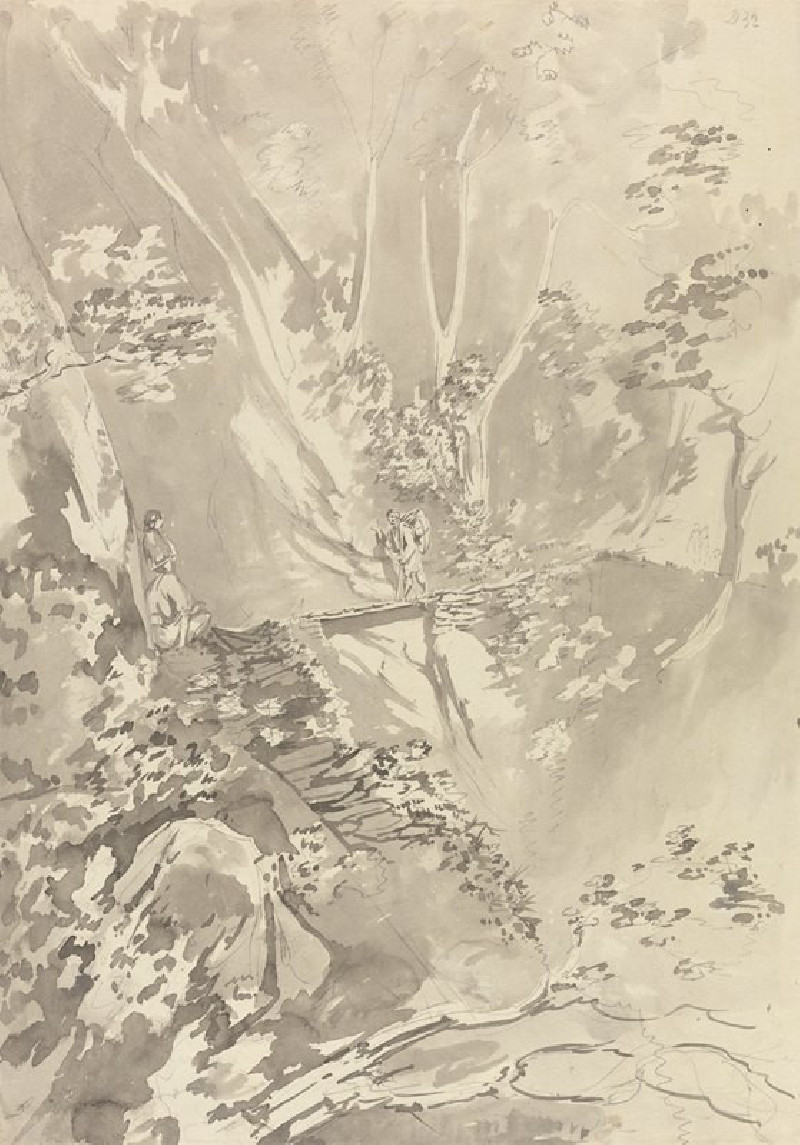
![The Annual Resort of Hindoos to Mundar Hill near Bhagulpore [Bhagalpur] reproduction of painting by Samuel Davis. ALL GICLEE ...](https://reprodukcijos.lt/49419-large_default/reproduction-of-the-annual-resort-of-hindoos-to-mundar-hill-near-bhagulpore-bhagalpur.jpg)
![View Above Poonaka [Punakha] reproduction of painting by Samuel Davis. ALL GICLEE PRINTS](https://reprodukcijos.lt/49426-large_default/reproduction-of-view-above-poonaka-punakha.jpg)
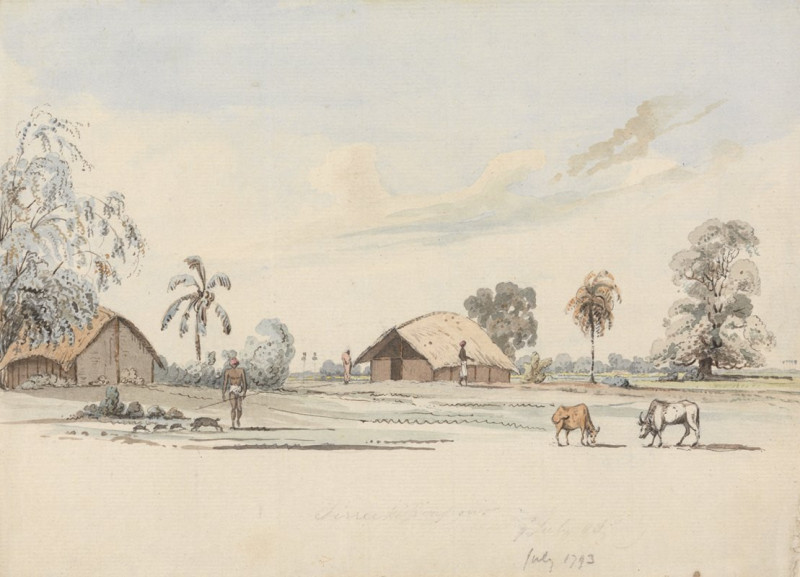
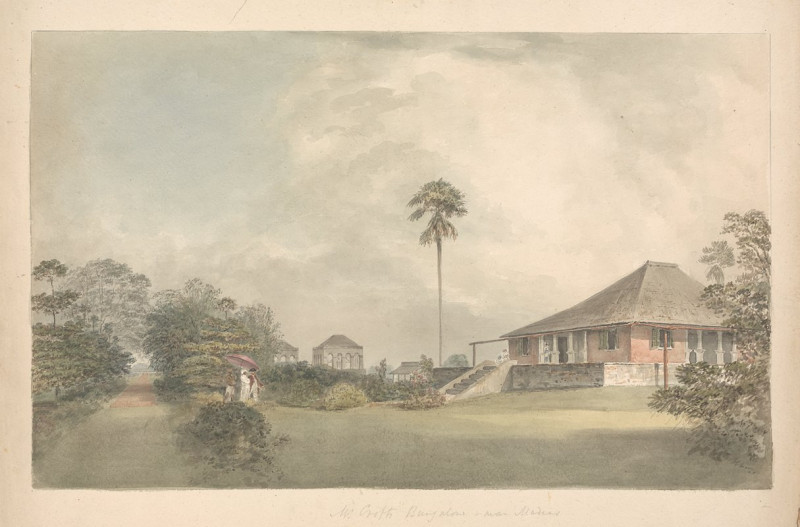
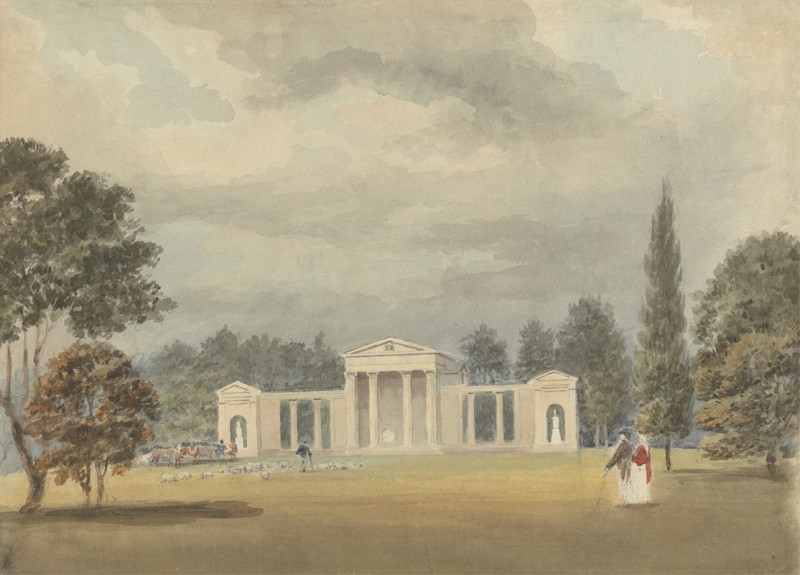
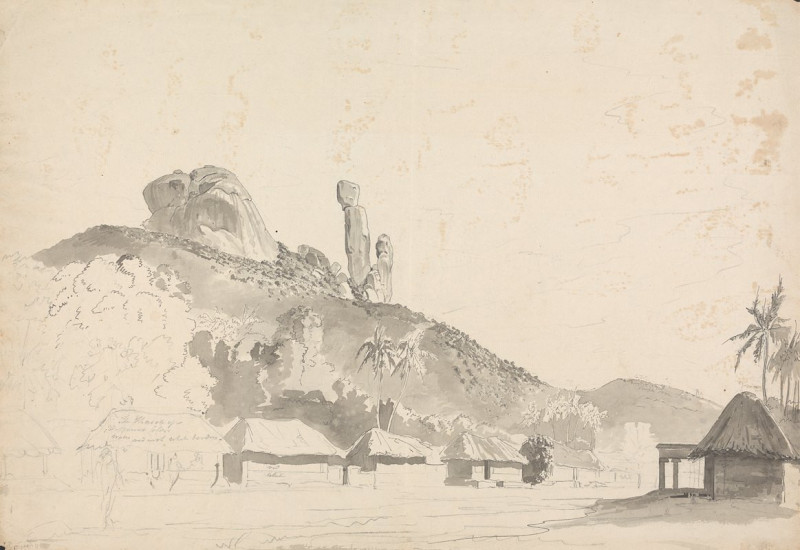
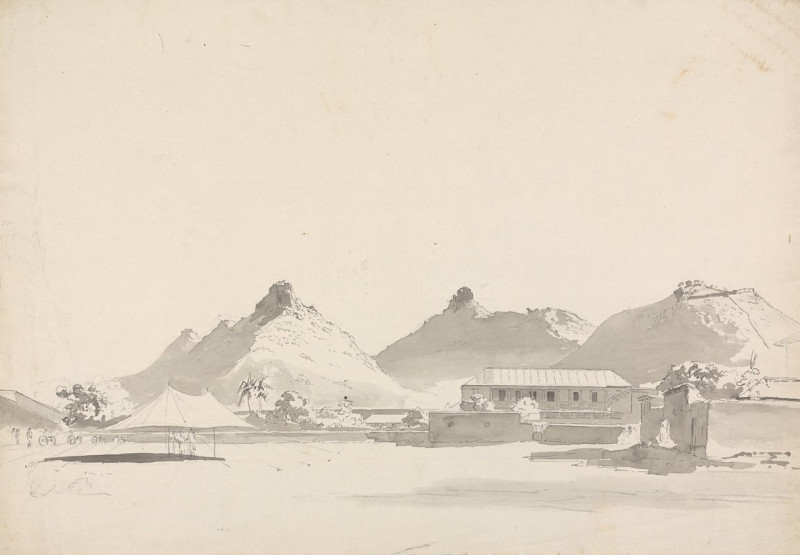

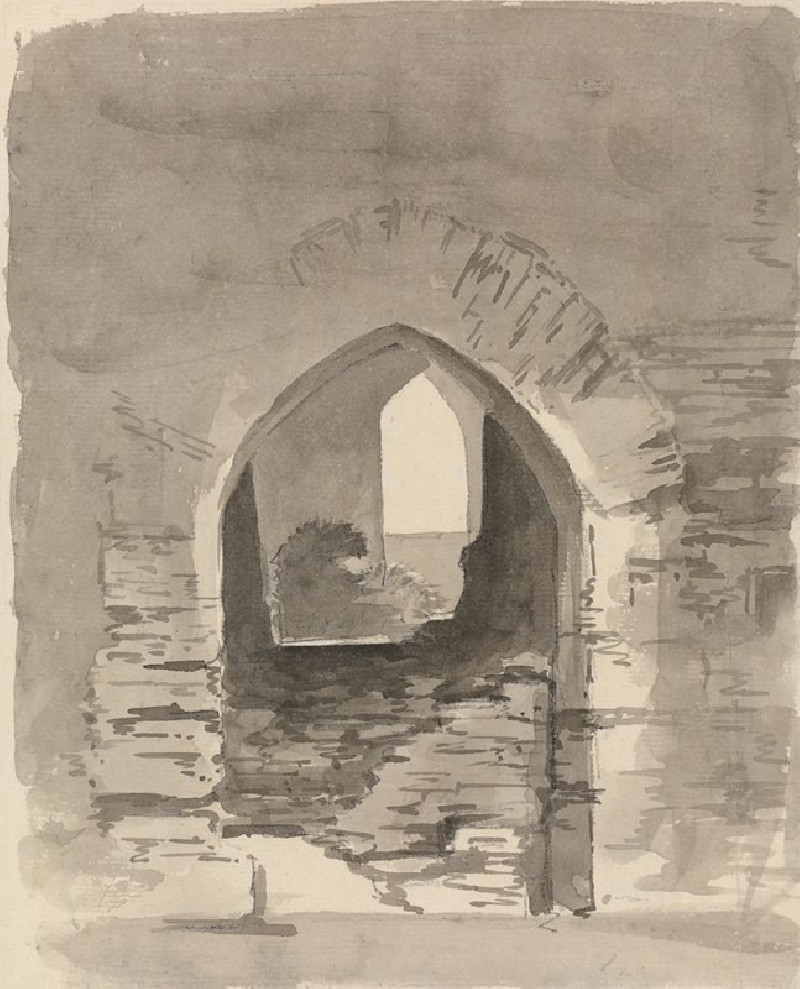
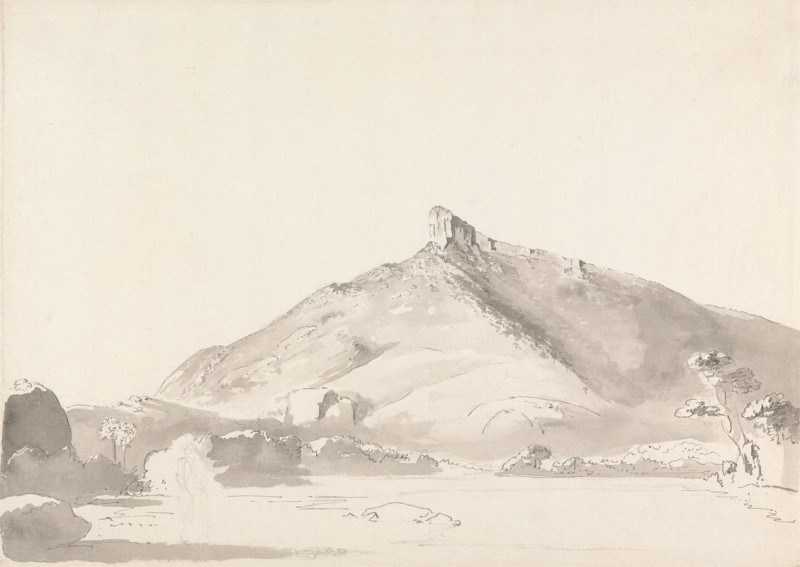


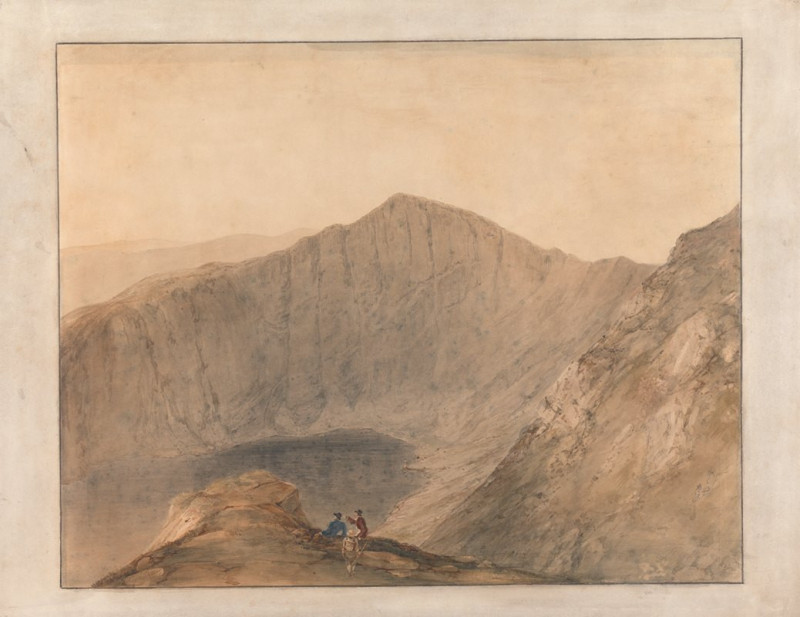
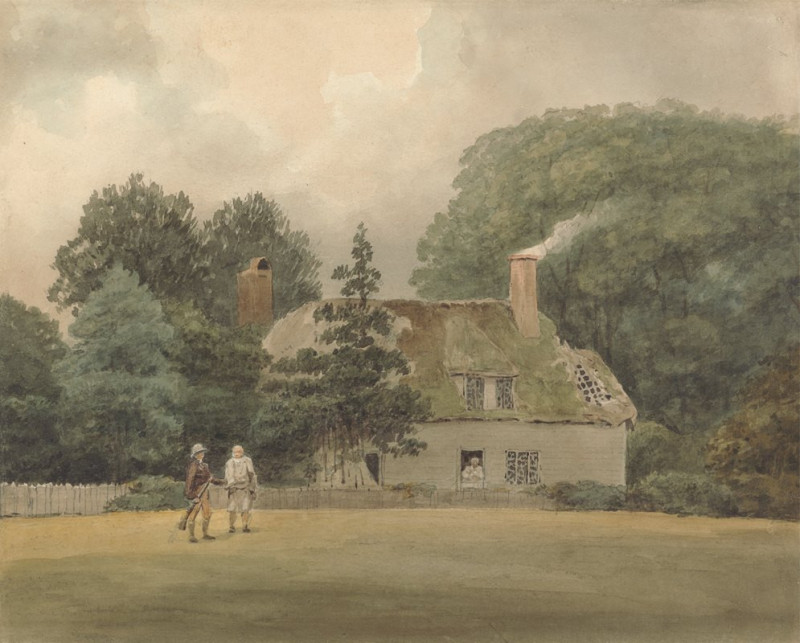
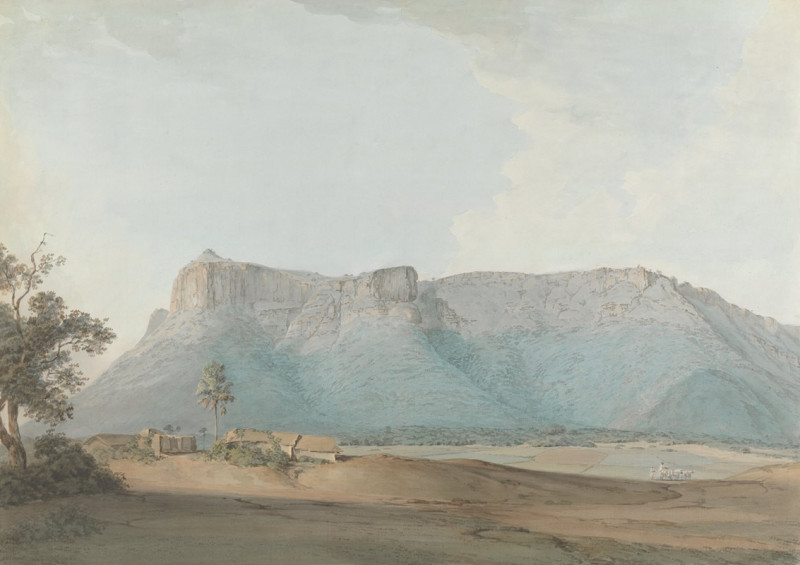
![At Moorshedubad [Murshidabad] reproduction of painting by Samuel Davis. ALL GICLEE PRINTS](https://reprodukcijos.lt/48403-large_default/reproduction-of-at-moorshedubad-murshidabad.jpg)
